Double take: Mehdi Ghadyanloo uses the art of illusion to reveal truths
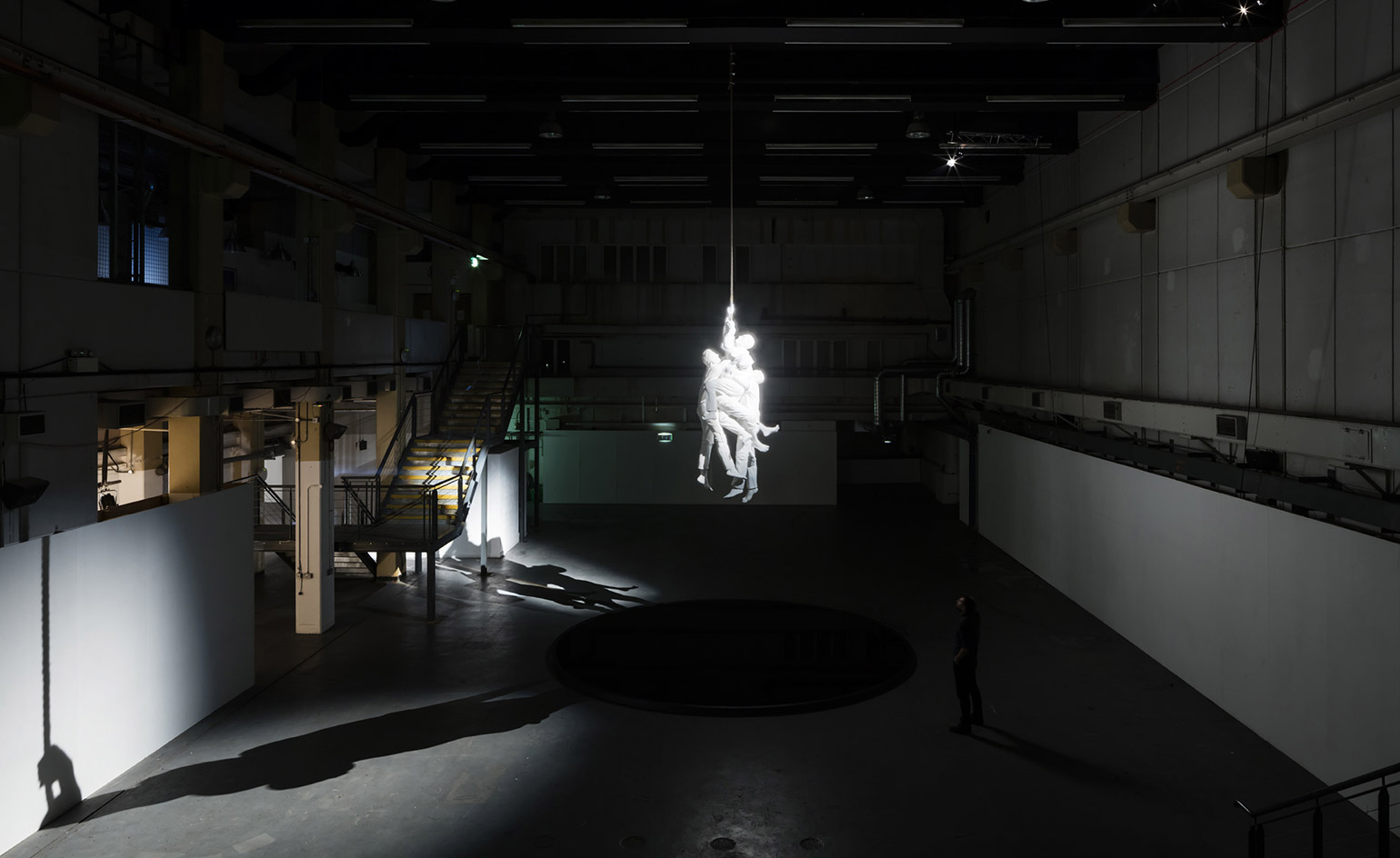
In October last year, Iranian artist Mehdi Ghadyanloo completed a major public commission in Boston for the Rose Kennedy Greenway project. Emblazoned across a 5,230 sq ft wall opposite the city’s South Station, Ghadyanloo’s uplifting trompe l’oeil mural appears to slice the building open to reveal a line of men, women and children inside, each holding a red helium balloon as they ascend a spiral staircase. At the top of the staircase, which stops short of the ceiling, a single giant balloon slips into the blue sky through an opening in the roof. The mural, called Spaces of Hope, symbolised a positive vision for the future of US Iran relations; one that has been made all the more poignant by Donald Trump’s recent travel ban, under which Ghadyanloo would no longer be permitted to enter the country.
Picking up where the Boston mural left off, a new off-site show of Ghadyanloo’s work, put together by Howard Griffin Gallery, has recently opened at London’s 14,000 sq ft Ambika P3 space. Working with the same title, ‘Spaces of Hope’ gathers new canvases and etchings, as well as a dramatic sculpture that hangs from P3’s 10m-high ceiling. Throughout the darkened industrial space, a haunting, specially-commissioned soundscape by DJ Seth Troxler plays out, creating the perfect atmospheric setting for Ghadyanloo’s disorientating works.
On his canvases, all created within the last two years, clean-lined architectural forms sit in barren landscapes inspired by his home country, while powerless, faceless figures stand helplessly trapped above or inside, looking towards the exit; which is often, frustratingly, just out of reach. ‘I had these ideas when I was working on walls in Tehran,’ says Ghadyanloo, referring to the some 100 murals that he was commissioned to paint in his home city by its beautification bureau over a seven year period. ‘But these,’ he says, gesturing to the canvases, ‘these were not suitable for the public; people would have committed suicide if they had seen them! I feel a responsibility, especially for Tehran, because there, people there are on the edge, you know. I was one of them.’
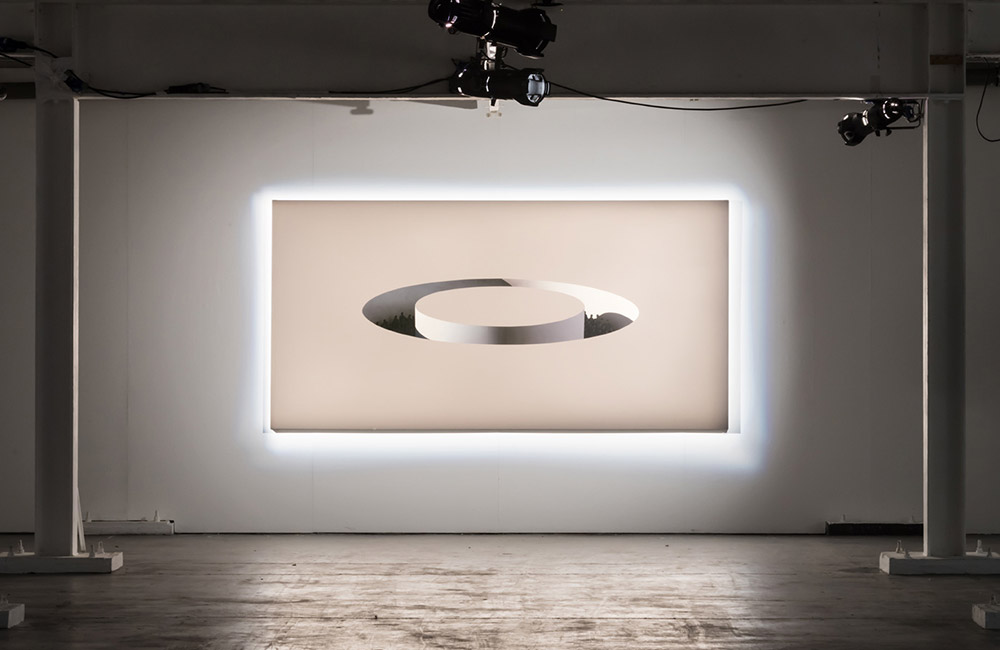
Installation view of ‘An Introduction To Stay’
In addition to the powerful canvases, a collection of intricate etchings are displayed along a corridor that sits in the centre of the subterranean space. Beyond this, P3’s cavernous triple-height space plays host to a 3D printed sculpture work that brings a scene depicted in one of Ghadyanloo’s etchings to life. Here, a huddle of faceless figures cling to a rope for dear life, suspended above a pool of water – an element that Ghadyanloo notes, is a nod to Japanese artist Noriyuki Haraguchi. In the vast space, the effect is like stepping inside his canvas.
While his colourful commissioned mural works have led to him being simplistically coined as Iran’s answer to Banksy by the press, Ghadyanloo is more inclined to draw comparisons with European surrealist painters such as Magritte, Girgio de Chirico and the minimal lines of modernist 20th century architects such as Le Corbusier. The dark themes in his work, he says, are informed directly by his harrowing experiences of growing up on a farm in Iran under conditions of war and economic sanction. ‘Painting is like therapy to me,’ he explains.
In more recent years, the opportunity to travel that his success has provided has equipped him with a fresh perspective. ‘I’ve found lots of connections between humans,’ he muses of his globe-trotting. ‘No matter where you grew up, what your religion is. There is no difference between us. We are all searching for hope, we are all looking for light.’
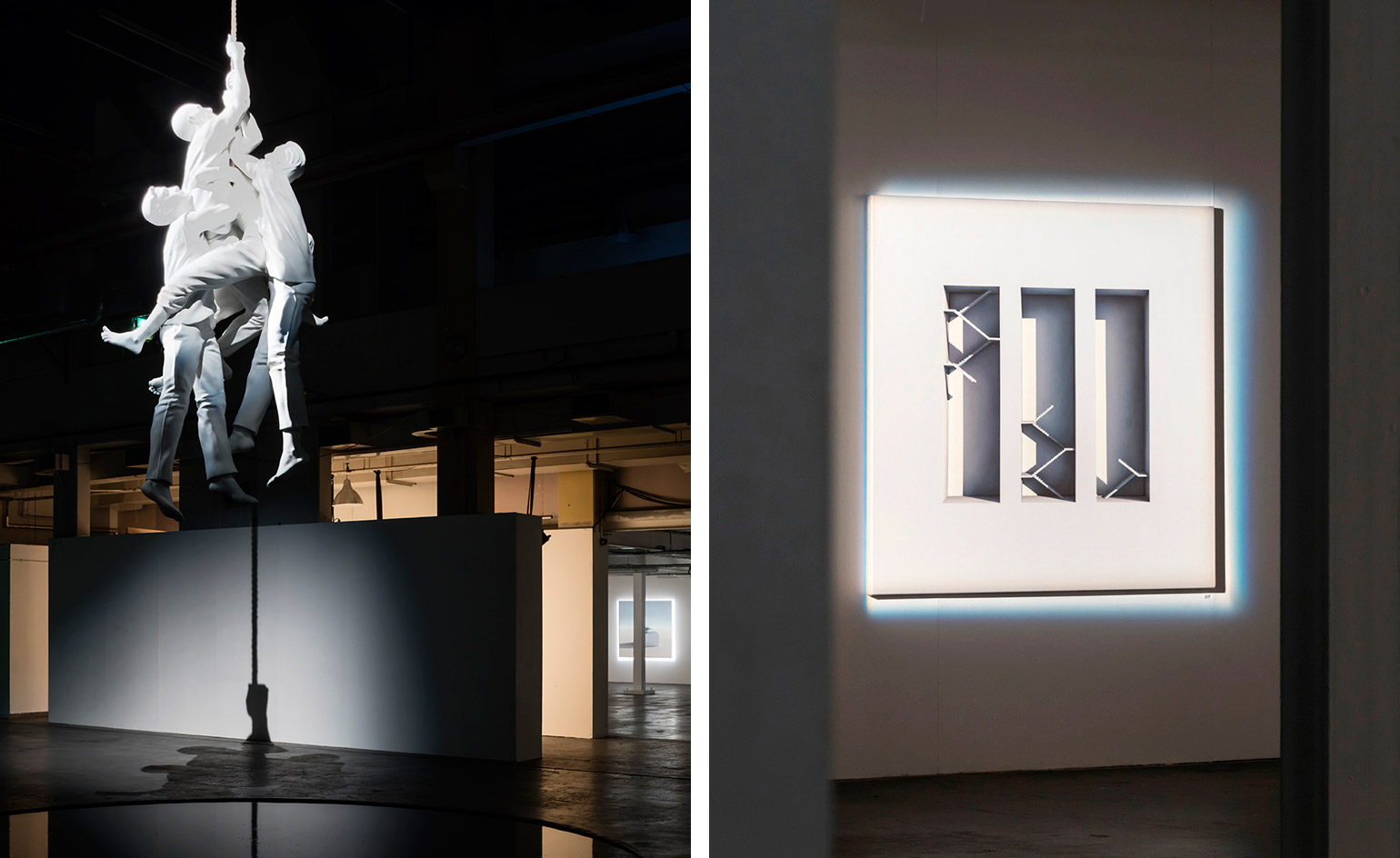
Left, a dramatic sculpture hangs from Ambika’s 10m-high ceiling. Right, Early Redemption
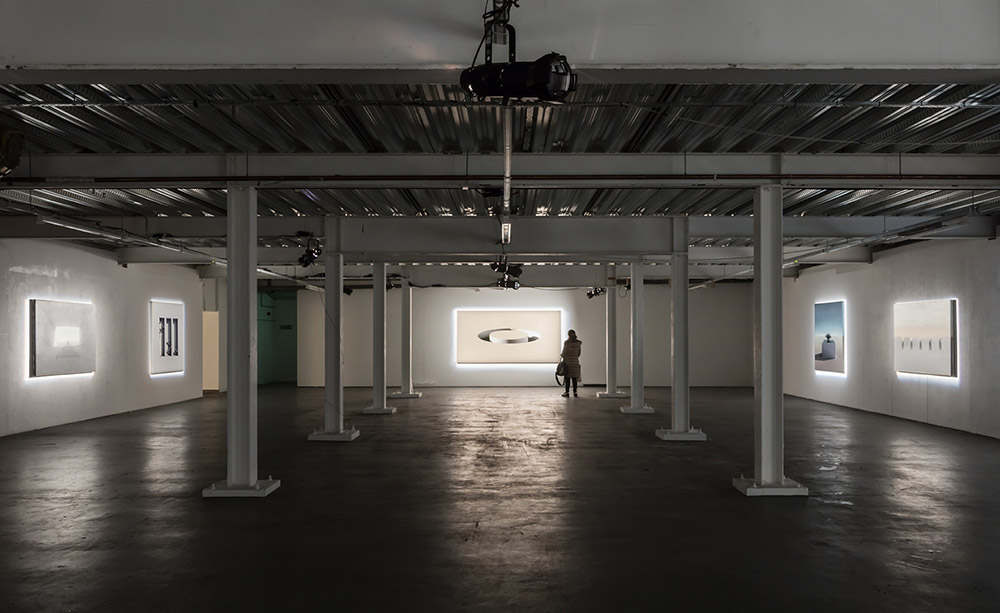
‘Spaces of Hope’ gathers new canvases and etchings
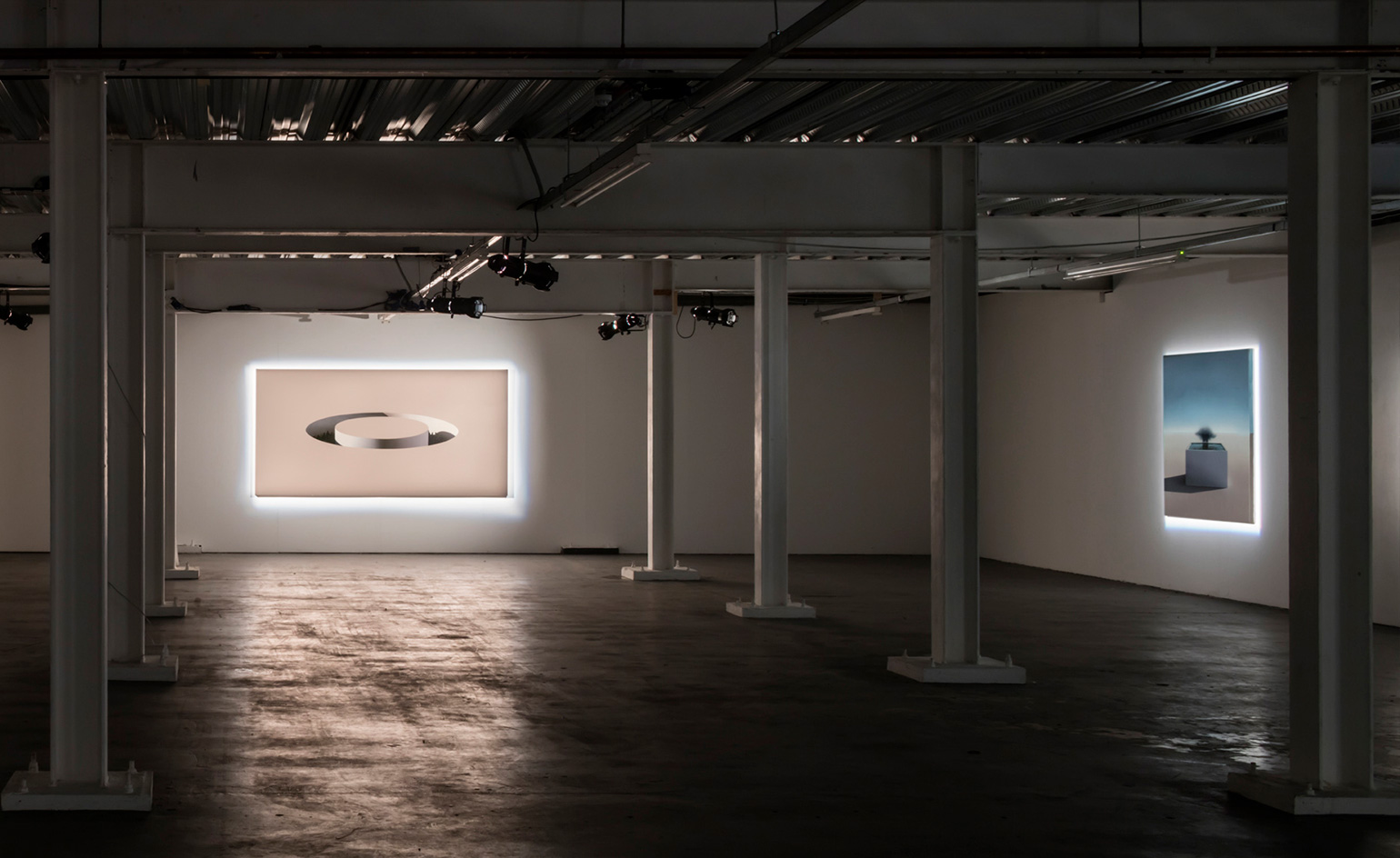
From left, An Introduction To Stay; and Routine Exercise
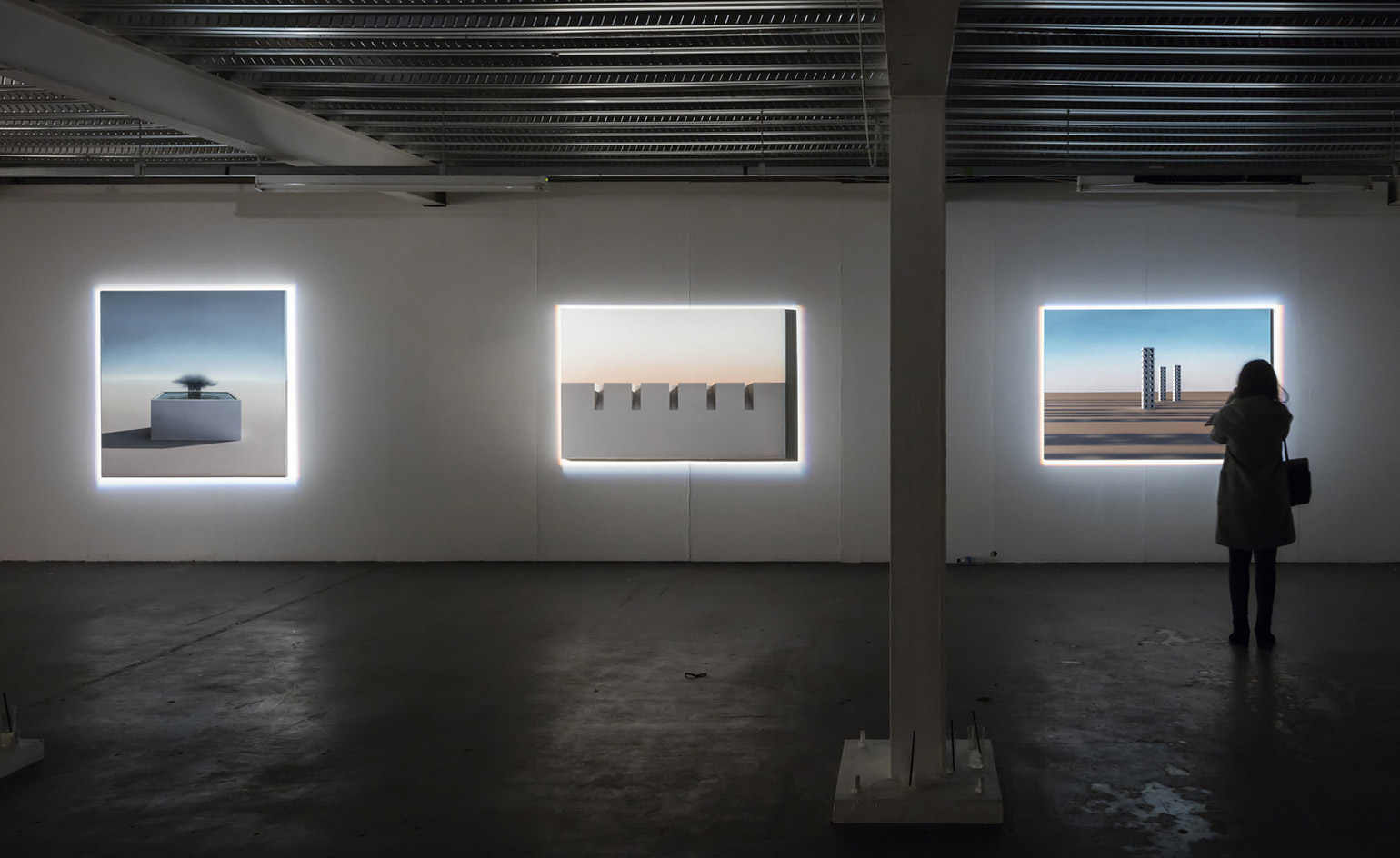
Routine Exercise; Genealogy Of isolation (Seclusion); and The City of Hope
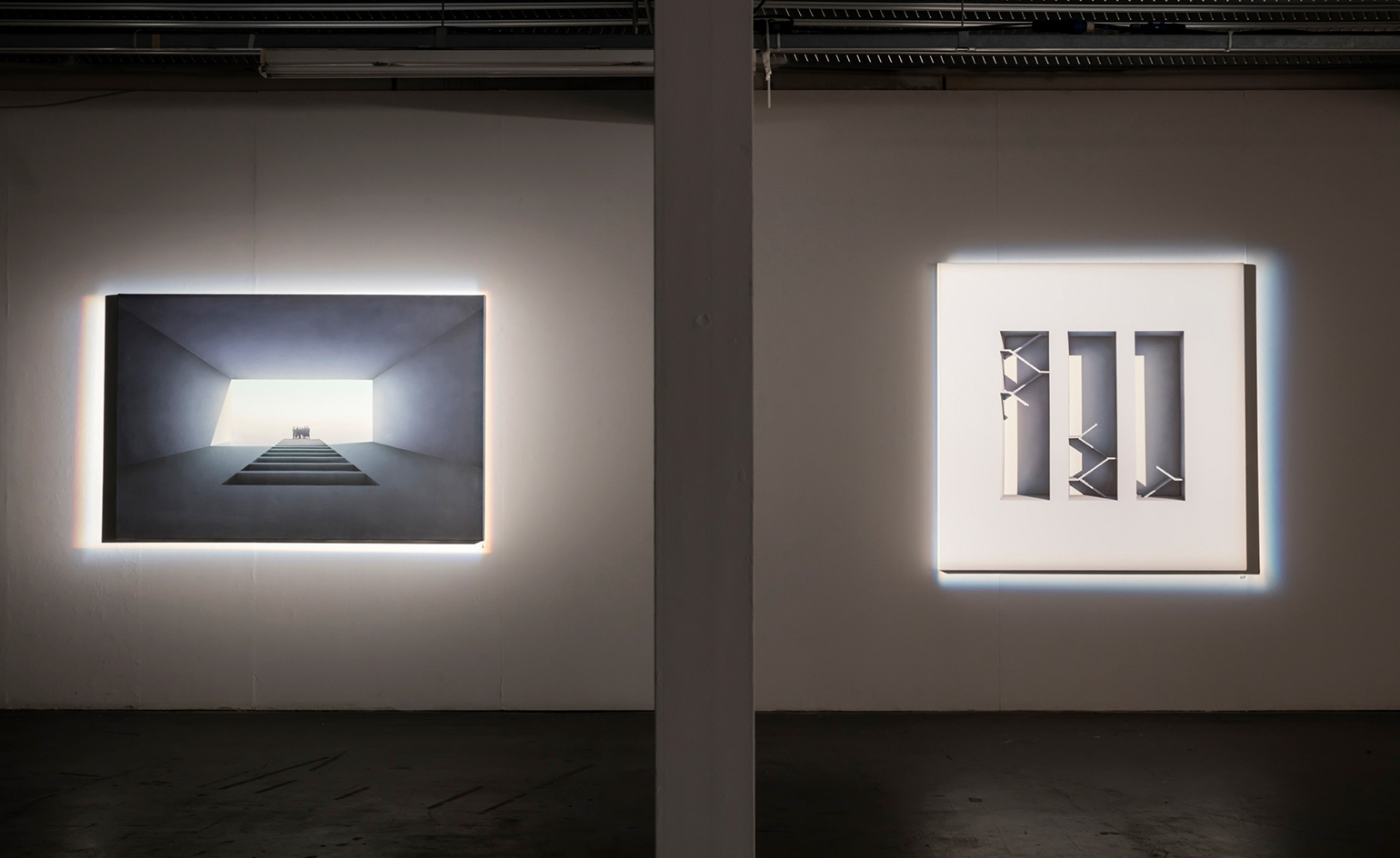
Deadened Profits; and Early Redemption
INFORMATION
’Spaces of Hope’ (an off-site project by Howard Griffin Gallery) is on view until 5 March. For more information, visit the Howard Griffin Gallery website
ADDRESS
Ambika P3
35 Marylebone Road
London NW1 5LS
Wallpaper* Newsletter
Receive our daily digest of inspiration, escapism and design stories from around the world direct to your inbox.
Ali Morris is a UK-based editor, writer and creative consultant specialising in design, interiors and architecture. In her 16 years as a design writer, Ali has travelled the world, crafting articles about creative projects, products, places and people for titles such as Dezeen, Wallpaper* and Kinfolk.
-
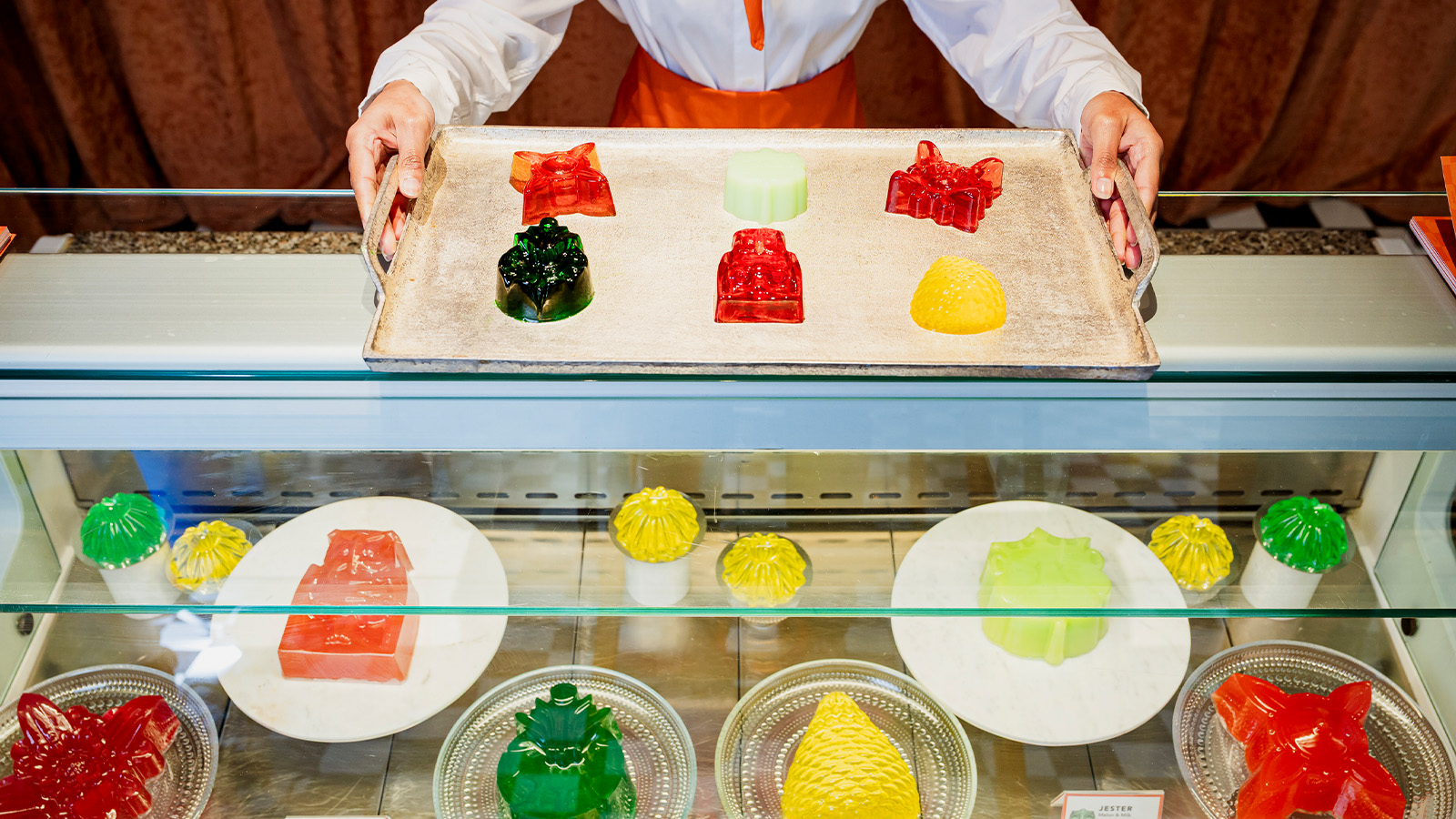 At the Regent Street Sensorium, architectural jelly sculptures are designed to ignite the senses
At the Regent Street Sensorium, architectural jelly sculptures are designed to ignite the sensesDelve into the history of London’s Regent Street through a jellyscape, a fragrance cloud and more – plus, for the event’s final week, two new immersive workshops (ends 27 April)
By Tianna Williams
-
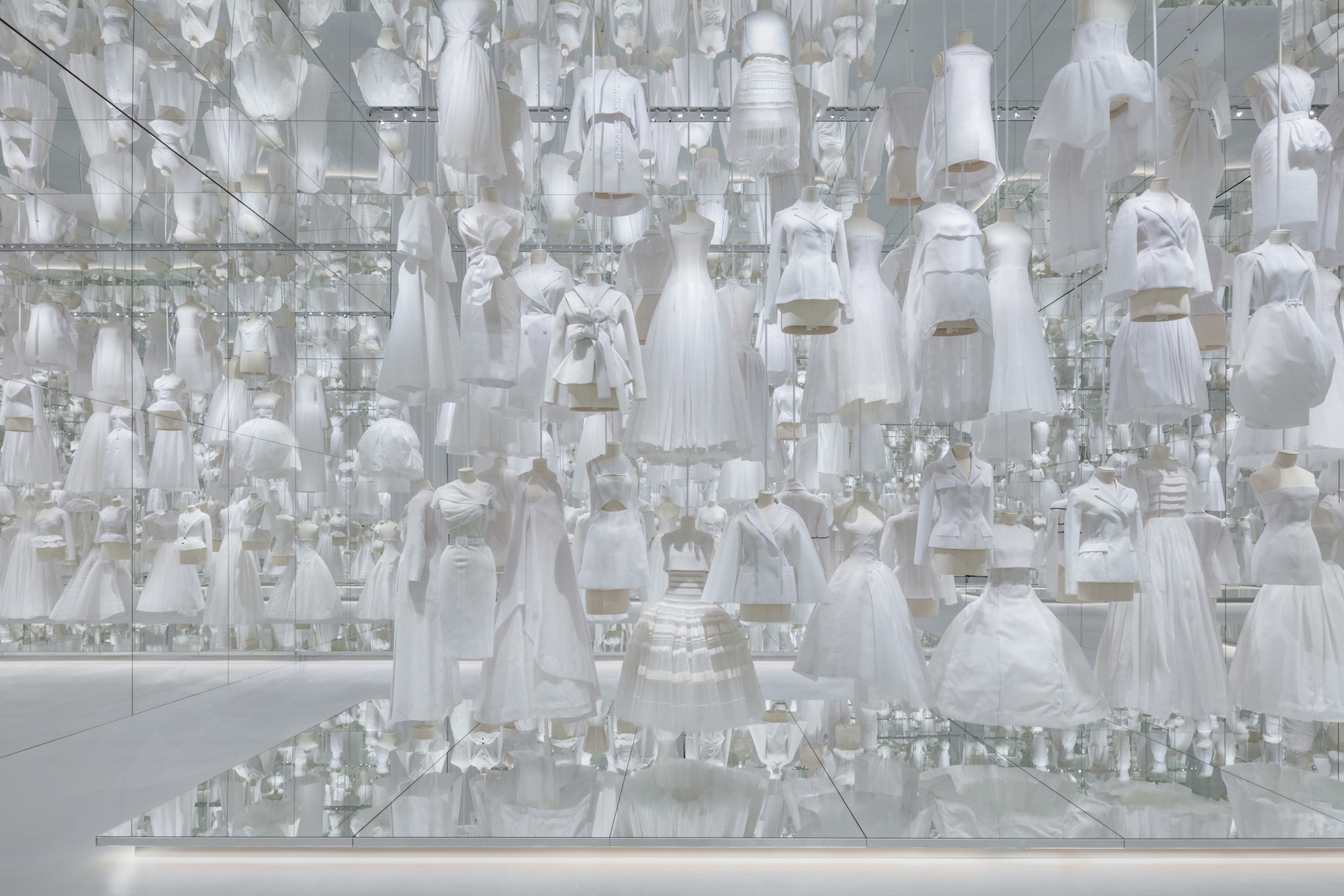 With scenography by OMA, Dior’s ‘Designer of Dreams’ exhibition in Seoul is ‘a piece of theatre’
With scenography by OMA, Dior’s ‘Designer of Dreams’ exhibition in Seoul is ‘a piece of theatre’OMA partner Shohei Shigematsu catches up with Wallpaper* about the dramatic show design for the latest iteration of ‘Christian Dior: Designer of Dreams’, which opened in Seoul this weekend
By Daven Wu
-
 Mercedes-Benz previews its next-gen people mover with an ultra-luxury EV concept
Mercedes-Benz previews its next-gen people mover with an ultra-luxury EV conceptThe Mercedes-Benz Vision V Concept is an art deco picture palace on wheels, designed to immerse passengers in parallel worlds as they travel
By Jonathan Bell
-
 ‘Humour is foundational’: artist Ella Kruglyanskaya on painting as a ‘highly questionable’ pursuit
‘Humour is foundational’: artist Ella Kruglyanskaya on painting as a ‘highly questionable’ pursuitElla Kruglyanskaya’s exhibition, ‘Shadows’ at Thomas Dane Gallery, is the first in a series of three this year, with openings in Basel and New York to follow
By Hannah Silver
-
 The art of the textile label: how British mill-made cloth sold itself to Indian buyers
The art of the textile label: how British mill-made cloth sold itself to Indian buyersAn exhibition of Indo-British textile labels at the Museum of Art & Photography (MAP) in Bengaluru is a journey through colonial desire and the design of mass persuasion
By Aastha D
-
 Artist Qualeasha Wood explores the digital glitch to weave stories of the Black female experience
Artist Qualeasha Wood explores the digital glitch to weave stories of the Black female experienceIn ‘Malware’, her new London exhibition at Pippy Houldsworth Gallery, the American artist’s tapestries, tuftings and videos delve into the world of internet malfunction
By Hannah Silver
-
 Ed Atkins confronts death at Tate Britain
Ed Atkins confronts death at Tate BritainIn his new London exhibition, the artist prods at the limits of existence through digital and physical works, including a film starring Toby Jones
By Emily Steer
-
 Tom Wesselmann’s 'Up Close' and the anatomy of desire
Tom Wesselmann’s 'Up Close' and the anatomy of desireIn a new exhibition currently on show at Almine Rech in London, Tom Wesselmann challenges the limits of figurative painting
By Sam Moore
-
 A major Frida Kahlo exhibition is coming to the Tate Modern next year
A major Frida Kahlo exhibition is coming to the Tate Modern next yearTate’s 2026 programme includes 'Frida: The Making of an Icon', which will trace the professional and personal life of countercultural figurehead Frida Kahlo
By Anna Solomon
-
 A portrait of the artist: Sotheby’s puts Grayson Perry in the spotlight
A portrait of the artist: Sotheby’s puts Grayson Perry in the spotlightFor more than a decade, photographer Richard Ansett has made Grayson Perry his muse. Now Sotheby’s is staging a selling exhibition of their work
By Hannah Silver
-
 From counter-culture to Northern Soul, these photos chart an intimate history of working-class Britain
From counter-culture to Northern Soul, these photos chart an intimate history of working-class Britain‘After the End of History: British Working Class Photography 1989 – 2024’ is at Edinburgh gallery Stills
By Tianna Williams